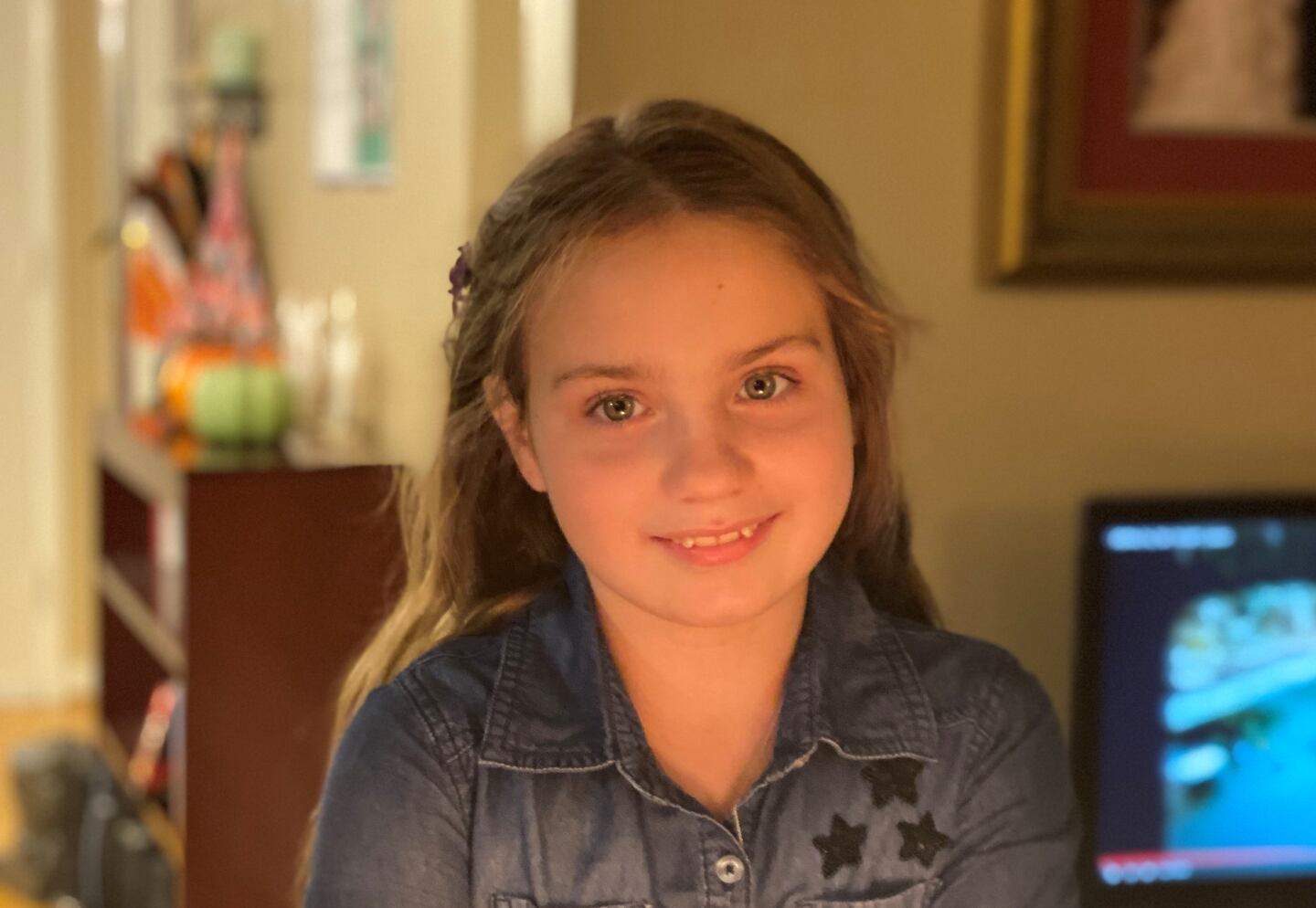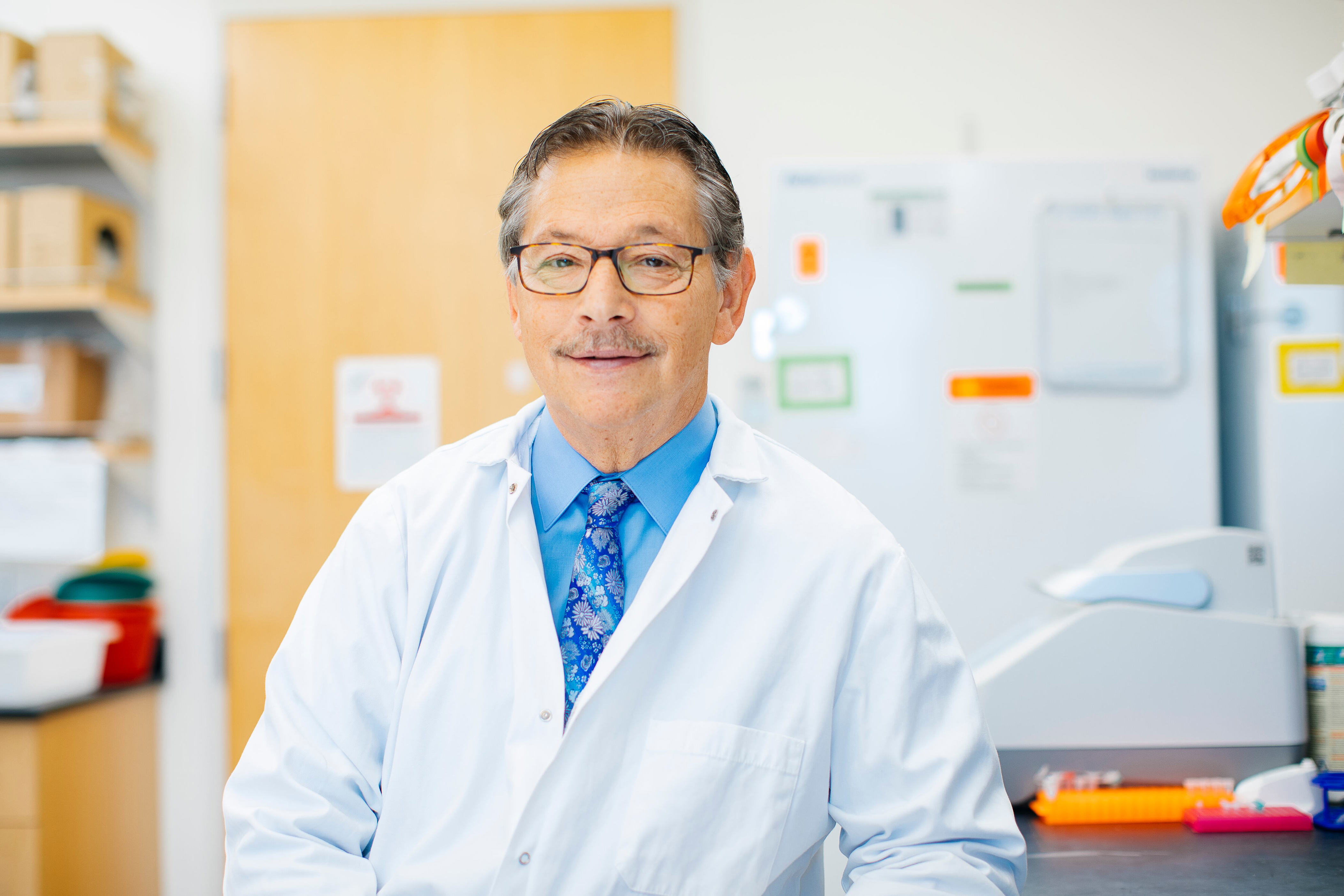
An innovative gene treatment has saved the lives of 62 children suffering from the extremely severe ADA-SCID, a genetic condition that affects children.weakens the immune systemand enables various deadly infections: pneumonia, meningitis, chickenpox. The father of one of these children, Jeff Nachem, described over the phone the difficult experience his family went through ten years ago. "It was hard because our daughter Eliana was confined to the house, so my wife also isolated herself from the world to prevent the chance of infecting her. I still had to go to work. When I returned home, before I could pick her up, I had to take a shower and change into clean clothes first," he remembers from New York. The groundbreaking treatment is given in just one single dose, without requiring additional doses, but it is so advanced that it can cost approximately one million euros. Eliana received it ten years ago and now lives a completely normal life. "She achieves excellent grades in school, plays basketball, and has even joined the school choir. It's amazing," her father says with emotion.
The therapy involves collecting blood stem cells from the patient's blood or bone marrow. A functional version of the faulty gene is then inserted into these cells, which are subsequently returned to the children's bodies. The findings indicate a 100% survival rate, with more than ten years of follow-up in five instances. One of the researchers leading the study, an American physicianDonald Kohn, thinks it is still premature to announce a cure. “To me,curerefers to a lifetime absence of the disease. We cannot state that at this moment. Nevertheless, during the 7–12 years of observation, the clinical benefits have remained entirely stable, so I hope this stability continues for a lifetime," explains Kohn from the University of California, Los Angeles, to EL PAÍS.
Up to five ofevery millionnewborns are affected by the illness. Similarlyother rare pathologies, its name is difficult to pronounce. ADA-SCID refers to severe combined immunodeficiency caused by adenosine deaminase deficiency, a protein crucial for activating white blood cells, which are the body's defense mechanisms. Because of the absence of this protein, Eliana Nachem's parents had to carefully disinfect everything that came into their home, while their daughter lived without seeing the faces of her family members, always hidden behind masks. The condition and similar ones are commonly called bubble child syndrome, especially because of the disturbing movieThe Boy in the Plastic Bubble, featuring John Travolta in 1976.
Children no longer need to physically reside in plastic bubbles as they did 50 years ago, yet strict isolation is still enforced. "I recall how distressed people worldwide became when COVID-19 emerged and everyone was instructed to remain indoors for two weeks. People were going crazy from being confined inside for just two weeks. Many of these families have to endure this for years," says Jeff Nachem. To protect their daughter from viruses, bacteria, and fungi, Eliana's parents had to send their pets to friends' homes, give up their plants, install air purification systems, and avoid consuming fresh fruits and vegetables. Without therapy, children often don't survive past their second birthday.

Dr. Donald Kohn and his team emphasize that existing treatments come with constraints and dangers. It is feasible to enhance these children's immune systems through weekly doses of the missing protein, although severe infections may recur over time. An alternative is a bone marrow transplant, but it requires a matching donor to be located swiftly, and issues frequently occur. There is also a third possibility: Strimvelis, another form of gene therapy thathas already saved the life of Aitana, a 4-year-old girl from Cordoba, in Spain.
The tale of Strimvelis reflects the harrowing experience endured by families impacted by the condition. The treatment emerged from research conducted at San Raffaele Hospital in Milan, Italy, and was developed alongside the British pharmaceutical firm GSK. This therapy also includes inserting a functional version of the faulty gene into children's cells through a virus that serves as a delivery vehicle. In 2016, the European Medicines Agency granted approval for Strimvelis, with GSK setting the cost at around €600,000 per patient. However, just two years later, the pharmaceutical company transferred the treatment to another company based in the United States and the United Kingdom.Orchard Therapeutics, which also ultimately stopped its commercial development. The limited number of patients and the extremely high cost make these early gene therapies difficult to sustain, even if they save lives. The system is not effective for rare diseases. For now, the Telethon Foundation, associated with San Raffaele Hospital, has committed to continuing the production of Strimvelis.
Immunologist Manuel Santamaríaled Aitana's case at the Reina Sofía Hospital in Córdoba. According to him, the two gene therapies are "similar," with two important differences. Strimvelis employs a retrovirus to insert the healthy gene into cells. Its outcomes in 43 children demonstrate outstanding effectiveness and safety, but one of the patientsdeveloped leukemiaBecause of unwanted DNA changes caused by the treatment itself. The new therapy developed in Donald Kohn’s lab uses a different type of virus, a lentivirus, and there is no evidence of this issue so far. Additionally, the Los Angeles team was able to freeze the children's cells after inserting the gene, which will make the treatment transportable and available in any hospital. Currently, families have to go to Milan to get Strimvelis, which involves fresh cells. "These are small improvements, but they aren't significant enough to switch from one treatment to the other. Essentially, these two gene therapies are similar," says Santamaría.
Dr. Donald Kohn states that the patent for his treatment is owned by the two institutions responsible for its development: UCLA and University College London. Orchard Therapeutics licensed the therapy in 2016, but stopped its progress five years later because of financial challenges. Frustrated and without any potential partners, Kohn and two of his lab members chose to establishRarity PBC, the company that currently possesses the rights to the patent. Kohn has also recently obtaineda $14.7 million grantfrom the California Institute for Regenerative Medicine to create a commercial production method for his treatment for ADA-SCID.
"I am not sure what each treatment with this gene therapy will cost," says the U.S. doctor. "Producing the cell product for each patient is complicated, needing a clean room, trained staff, and strict quality control. Patients are often treated for several years with ADA enzyme therapy, which is also very costly. Therefore, within a few years after the 'one and done' gene therapy, the total costs should be lower," notes Kohn, who mentions that he has stock in Rarity PBC. Their most recent findings, involving children treated in the United States and the United Kingdom, were revealed this Wednesday in a specialized journal.The New England Journal of Medicine.
Juan Antonio Bueren, former head of the European Society of Gene and Cell Therapy, is working with Kohn on an additional experimental therapy that has already saved several lives.a dozen childrenwith another extremely rare condition, leukocyte adhesion deficiency type 1 (LAD-I). The Spanish researcher praises the "remarkable" findings of the recent study, but highlights the challenges. "There is an issue with bringing gene therapies for rare diseases to market:Their present expense is very high., due to the production expenses of the viruses and genetically modified cells, the cost of all the controls mandated by regulatory agencies, and the fact that patients need to be monitored for 15 years,” says Bueren, from the Center for Energy, Environmental and Technological Research (CIEMAT) in Madrid.
Lentiviruses have already shown promise as a potential treatment for approximately 15 rare genetic disorders. They are among the most costly medications available. "Because healthcare in the U.S. is mainly private, the cost of this kind of therapy is set at four million euros and that's the end of it," Bueren explains. "However, in Europe, where healthcare is largely public, pharmaceutical companies encountered the issue that governments were unwilling to approve such high expenses. As a result, many companies are not interested in creating gene therapies for rare diseases." Jeff Nachem, Eliana's father, states clearly, "I don't understand what there is to charge for, but this type of treatment should not be withheld from a young child who needs it to live."
Sign up for our weekly newsletterto obtain more news reports in English from EL PAÍS USA Edition